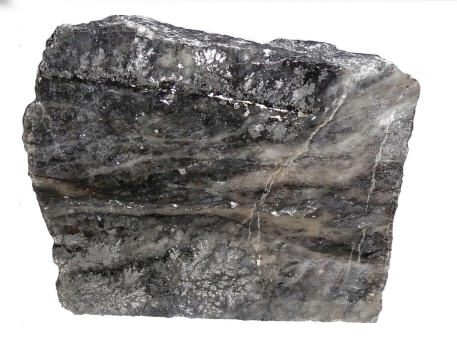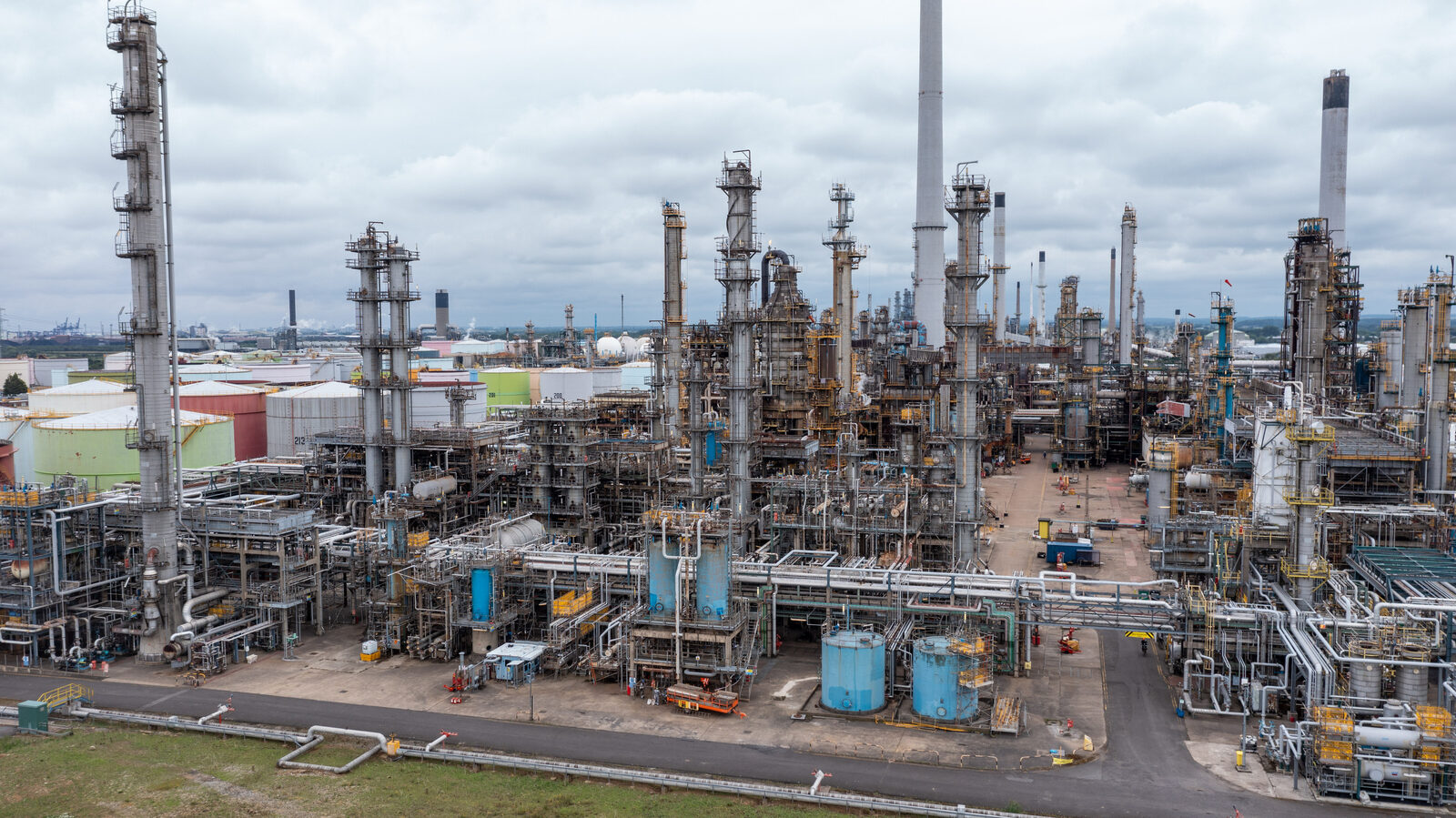Canada Cobalt intersects massive native silver vein at Castle mine, stock up

Canada Cobalt Works (TSXV: CCW) announced Friday that initial and ongoing follow-up drilling at the Castle East discovery has intersected massive native silver mineralization over a wider vein, further supporting the potential for a rich new silver-cobalt system in the heart of a basin area immediately adjacent to three past producers in the prolific Gowganda Camp in Ontario.
The historical Castle mine site operated at various times between 1917 and 1989, producing a documented total of 292,686,672 grams (9,410,095 oz.) silver and 376,053 lbs. cobalt from the No. 3 shaft, with a further unspecified production between 1951 and 1966 coming from both Castle No. 3 and Capitol shafts, the company said.
The deposit model and history of the camp shows that these narrow but unusually rich vein shoots can extend for tens or hundreds of feet
Following four successful short wedge holes that provided important initial pierce points into this northwest-southeast striking and southwest dipping vein structure, Canada Cobalt has just commenced a program of new drill holes from surface aimed in part at determining the full extent of this highly mineralized “shoot”.
The deposit model and history of the camp show that these narrow but unusually rich vein shoots can extend for tens or even hundreds of feet. They are typically surrounded by strongly mineralized wall rock and often within a network of closely spaced parallel veins and veinlets in addition to silver-filled fractures.
Drill highlights:
- Wedge hole CS-19-08-W01 intersected a visually highly mineralized core interval of 4.65 meters (15.25 feet) approximately 10 meters above and west of CA-11-08. Significantly, this interval includes a large vein of 20 cm (8 inches) estimated true width of intense native silver, pervasive carbonate alteration and a visually higher silver-to-calcite ratio than CA-11-08 which returned 40,944 g/tonne (1,194 oz/ton) silver over an estimated true width of 5 to 7 cm (2 to 2.5 inches) at a vertical depth of approximately 430 meters;
- The shoot of high-grade mineralization within the Robinson Zone discovery vein is now believed to extend for at least 15 meters (49.2 feet) and was not delimited in any way through the four wedge holes that each intersected multiple veins and silver-filled fractures.
At market close Friday, Canada Cobalt’s stock was up 4.7% on the TSX Venture Exchange, with the day’s trades reaching 1.1 million. Average daily volume is 193,000. The company has a C$39 million market capitalization.
{{ commodity.name }}
{{ post.title }}
{{ post.date }}

Comments